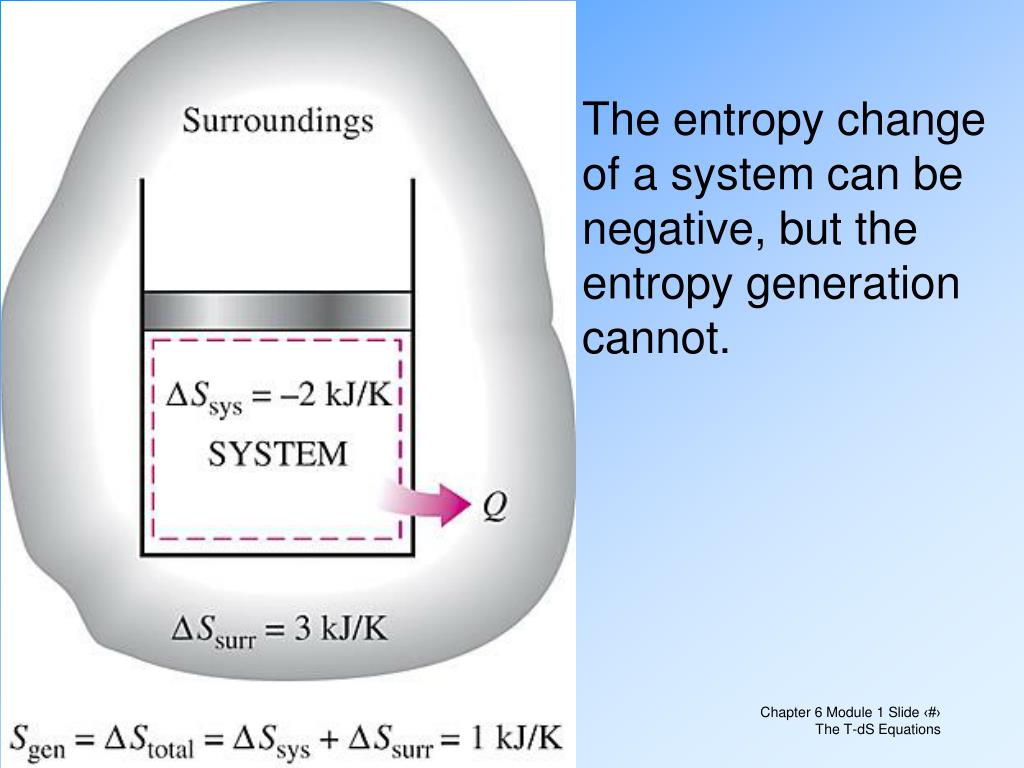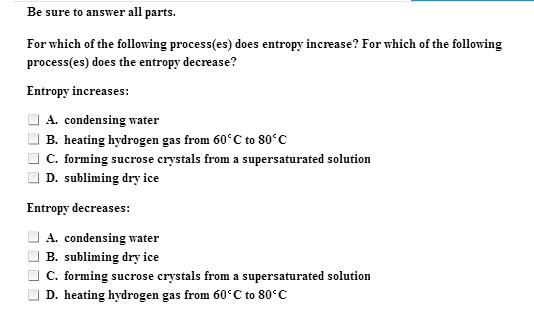

Please visit the Instructions for Authors page before submitting a manuscript. Entropy is an international peer-reviewed open access monthly journal published by MDPI. A guide for authors and other relevant information for submission of manuscripts is available on the Instructions for Authors page. All manuscripts are thoroughly refereed through a single-blind peer-review process.

Submitted manuscripts should not have been published previously, nor be under consideration for publication elsewhere (except conference proceedings papers). For planned papers, a title and short abstract (about 100 words) can be sent to the Editorial Office for announcement on this website. Research articles, review articles as well as short communications are invited. Accepted papers will be published continuously in the journal (as soon as accepted) and will be listed together on the special issue website. All submissions that pass pre-check are peer-reviewed. Manuscripts can be submitted until the deadline. Once you are registered, click here to go to the submission form. Manuscripts should be submitted online at by registering and logging in to this website. The relationship between the properties of working fluids, operation conditions, performance and relevant phase transition, heat and mass transfer, flow field, system control, isentropic efficiency, and thermodynamic entropy and exergy analysis of the systems falls within the scope of this Special Issue. Isentropic efficiency is an important performance index of the ejector and therefore influences the performance of the whole system. The study of ejectors mainly includes ejector theory, design, manufacture, control, and applications such as MED-TVC to design the thermal vapor compressor (steam ejector) to recycle vapor from the desalination process and the vacuum ejector pump to draw out the non-condensable gases generated in the system, ERS to replace the conventional condenser, PEMFC to recycle the excess fuels by ejector recirculation pump to increase system performance, etc. It has been widely used in refrigeration, fuel cells, aerospace, seawater desalination, chemical, process industries, and other fields.

Because of its simple structure, no moving parts, and no additional energy consumption, ejector technology is very attractive for many applications, and the interest of the scientific community in this component has exponentially increased in recent years. The ejector is a passive energy conversion device with three ports (primary flow inlet, secondary flow inlet, and outlet) that integrates the functions of pressure lift, mixing, and entrainment.


 0 kommentar(er)
0 kommentar(er)
